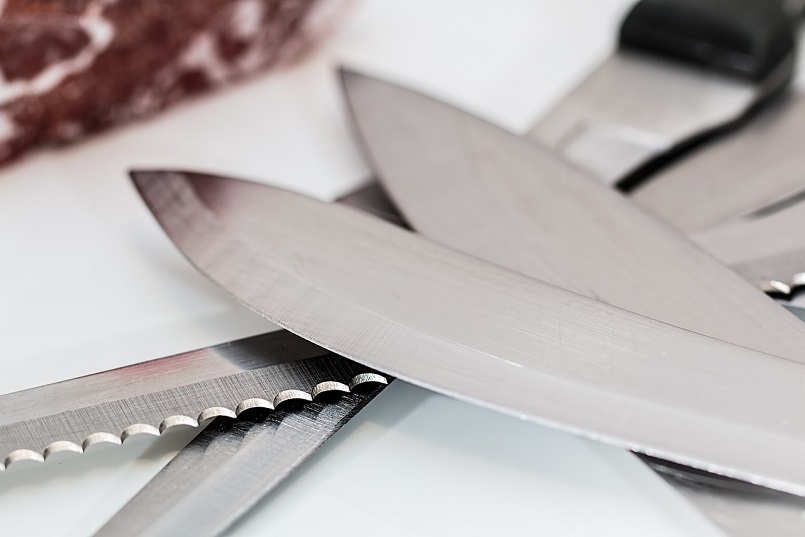
The History of Stainless Steel – Part 2
Last month in part 1 of the History of Stainless Steel, we covered the details of the invention of stainless steel. This month will cover how it was accepted into wide use within the worldwide market.
In the end, Harry Brearley was the first person to market his “rustless steel” as the material for cutlery. Up until this point, knives were made of carbon steel, which would rust even if they were carefully washed and dried. Even if these knives were well taken care of, rust stains would still appear and would need to be scrubbed away using carborundum stones.

Brearley had trouble convincing his employers of the value of this quality, so he took the initiative and had the first “rustless” steel knives made at a local cutler’s, R.F. Mosley. A cutlery manager there, Ernest Stuart, the called the new knives as “stainless” because he failed to stain them using vinegar. The alloy used for these first stainless steel knives were not ideal because they were in the hardened and tempered condition which made them difficult to sharpen well earning the name the “knife that would not cut.”
Brearley’s successor, W.H. Hatfield had better luck, patenting the alloy knowns as 18-8 stainless steel, an austenitic steel consisting of 18% chromium and 8% nickel, which would soon become the most popular and widely used type of stainless steel in the world.
As a result, the use of stainless steel exploded first being used for cutlery, medical instruments such as scalpels, and in the engines of aircraft. By the 1920’s, stainless steel expanded into the automobile industry, construction and for industrial use, specifically for tanks where a great deal of corrosion resistance was needed. In fact, most of grades of stainless steel invented between 1913 and 1935 are still in use today.
Stainless steel revolutionized the food, medicine, manufacturing, and transportation industries. Stainless steel is an essential component for the preparing, delivering and storing food. Because stainless steel resists oxidation at high temperatures, it allows medical instruments to be sterilized. Stainless steel has been an essential component in the design of household appliances and products, planes, trains and automobiles ever since.
Stainless steel remains popular as ever with worldwide crude production achieving a record high of 30.7 million tons in 2010. There are now over 150 grades of stainless steel with 15 of them in common use.
This concludes our two-part blog series about the history of stainless steel.
Stainless Steel is Essential for Subsea Connections Manufacturing
Because stainless steel resists corrosion so well, it is an essential component in forged steel rings, wellhead casings and subsea connections manufacturing. Want to learn more? Give us a call at (281) 441-4088 or contact us online to speak to a stainless-forged steel ring expert today.
